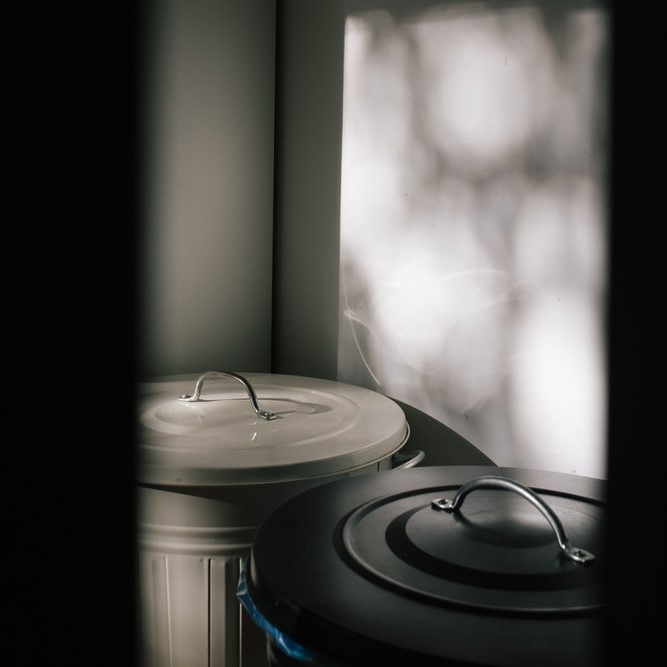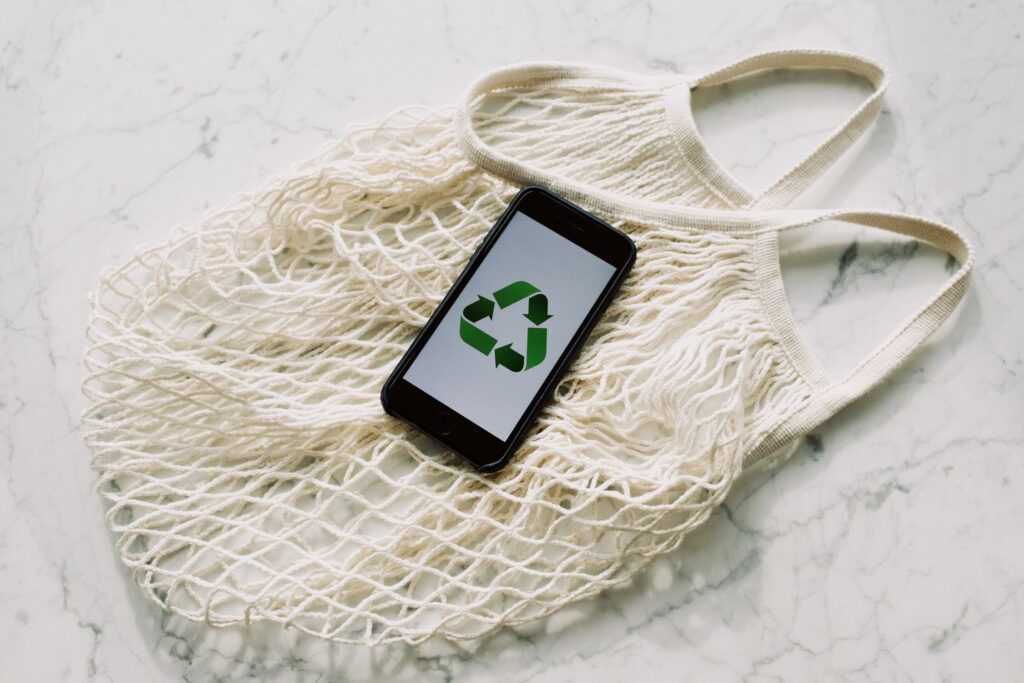Why recycling is important and how to do it right
Recycling is one of the easiest steps we can take to help save our beautiful planet, but many of us aren’t sure if we’re doing it right. Find out about the benefits of recycling, what goes in your recycling bin and how to choose products that are environmentally responsible.

7 benefits of recycling
Recycling means collecting used materials and transforming them into new products rather than throwing them away. It benefits the environment and our local community because it:
- Reduces the amount of waste that ends up in landfills and incineration plants
- Uses significantly less energy
- Reduces carbon emissions
- Decreases water and air pollution
- Conserves valuable natural resources such as trees and water
- Protects wildlife and natural habitats
- Creates jobs and supports the economy
What goes in your recycling bin
With such a long list of benefits, it’s obvious why recycling is important to help protect the environment for future generations. But what can be placed in the recycling bin and how clean does each item have to be to make it to the recycling plant?
Here are some fast facts on recycling in Canada:
- Although regulations vary from city to city, commonly accepted materials in the blue box or bin include glass, some hard plastics, metal, paper and cardboard
- Materials that are commonly rejected include food scraps, containers with food remaining in them, clothing, coffee cups and black plastic
- Products that have the triangle recycling symbol aren’t always recyclable (depending on the city)
- A few spoonfuls of yogurt or peanut butter left in a jar can contaminate a tonne of paper and make it unrecyclable
- Objects that don’t belong in recycling bins can also contaminate entire batches of recycling and be hazardous to plant employees, including needles, IV tubing and bullets
- Toronto has one of the highest recycling contamination rates, at 26 %, whereas St. John’s has one of the lowest, at 3 %
- Montréal sits at 7.5 %, and Vancouver, at 4,6 $
Still not sure if you’re recycling correctly? A quick online search for “recycling rules [city or town]” will let you know exactly what you can and can’t put in your blue box.

How to choose environmentally responsible products
Another great way to help protect our planet is to choose products made by companies that are dedicated to leaving the smallest possible carbon footprint. They might use minimal or recycled packaging, embrace sustainable manufacturing practices, ensure their products are recyclable or take steps to protect their region’s natural resources.
At Eska, we’re deeply dedicated to letting nature follow her true nature. We embrace the (re)cycle of life by taking a number of important steps to protect and preserve our planet. These steps include:
1. All our products are 100% recyclable.
Our bottles are made from glass, polyethylene terephthalate (PET) plastic and recycled plastic (rPET). When you place an Eska bottle in your recycling bin or bin, you can rest assured that it is fit for recycling.
2. We’re moving towards 100% recycled plastic.
We’ve started making our spring water bottles with high-quality, food grade, 100% recycled plastic (rPET) and we’re working towards making our entire range of spring water bottles from rPET.
3. We support Canada’s circular economy.
We’ve proudly joined forces with Plastrec, a Quebec-based manufacturer of recycled plastic. Our partnership supports Canada’s circular economy, reduces our carbon footprint and creates local jobs.
4. Our environmental protection practices exceed government standards.
We work with environmental experts and regional authorities to constantly assess the impact of our activities on Eska’s natural spring and the virgin forest surrounding it in northern Quebec. We minimize soil contamination and we regularly conduct analyses on the esker to measure its level and safeguard it from contaminants.
Follow your true nature and help protect our beautiful planet with Eska.
Comments are closed.
- Published on , in
- The Recycle of Life
share
Read also
See all